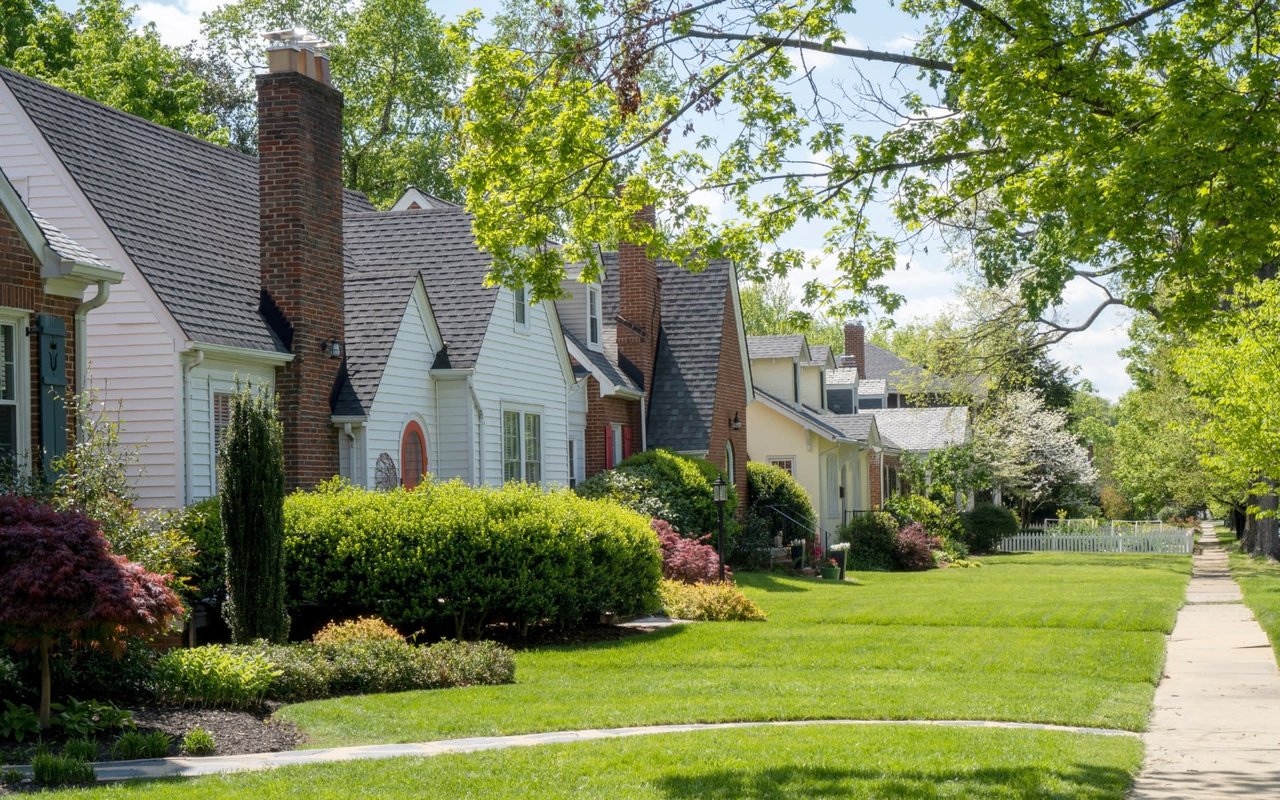In the world of football, encroachment is one of many pre-snap penalties that can be called. When a defender creeps over the line and contacts either the other team or the ball before the play begins, encroachment is called, and everything grinds to a halt. But this isn’t a sports website, and this article is about real estate.
In real estate, encroachment happens when a neighbor creeps over the line and makes use of another’s space. Just like in football, encroachment problems during a transaction can grind everything to a halt, if not end the transaction entirely.
Encroachment is a process over time. When it goes unaddressed, there are inevitably problems for the owner of the encroached-on land. Whether it’s property line disputes when you go to sell your property or an adverse possession claim, trouble is coming.
Here in Pennsylvania, when we see articles about encroachment in real estate, they’re usually talking about property line disputes. There is a second component to this conversation around Adverse Possession, the legal conclusion to long-term unaddressed encroachment. Given the scale of both topics, I’ll be covering Adverse Possession in another article next month.
In this article, we’ll begin by exploring some definitions of “to encroach” and “encroachment.” After that, we’ll look at a few examples of encroachment in Pennsylvania, and finally, we’ll explore what you can do to prevent it. Let’s get started!
What is Encroachment
Encroachment Defined
The Merriam-Webster Dictionary defines the verb “to encroach” as:
- To enter by gradual steps or by stealth into the possessions or rights of another.
- To advance beyond the usual or proper limits.
The first definition implies a stealth element that does not apply in the real estate usage of encroachment. It still conveys the core theme of gradually taking possession of another’s rights. The second definition speaks more to the action of encroachment. When it comes to real estate, encroachment is usually a gradual process by which one party goes beyond agreed-upon borders and starts using another’s property.
Encroachment Examples
Trees, bushes, and the like overgrowing a property line can qualify. It’s neighborly to talk to the owner of the property and try to come to some agreement on how to work out the encroachment issue. If that doesn’t work out, things get tricky. Technically, you could chop down whatever part of the plant is over your line, but what happens when that damages the plant so much that it dies?
Fences, sheds, and driveways being built over the line are the most obvious forms of encroachment. Sometimes these structures are built and used for years. Then, when either of the involved properties are sold, there’s almost certainly going to be legal headaches. While these instances are easy to identify, they’re quite difficult to undo. It’s no simple matter to pick up and move a shed, fence, or paved driveway.
Walking paths are the least obvious form of encroachment. If your neighbor walks their dog across your lawn every day along the same path for long enough, they could reasonably claim adverse possession via regular encroachment. So, what can you do to stop stuff like that, especially if you have no problem with your neighbor walking across your lawn, as long as it stays your lawn?
Preventing Encroachment
Clearly marking your property lines is the first step. When you purchase the property and whenever there could be a claim or concern about encroachment, it’s advisable to get a professional surveyor to perform a fresh property line survey.
Regularly using the property in the way it’s designed is a great way to prevent encroachment and adverse possession. It’s difficult for someone to prove actual, visible, notorious, and exclusive hostile possession if you’re regularly present and using the property. This includes maintaining a property in the way it would normally be used: mowing lawns, maintaining forested areas and nature preserves, summering in summer homes, and the like.
Blocking or barring access to the property is another very visible way of demonstrating ownership and preventing encroachment. Fences, gates, walls, and other artificial boundaries are strong claims to ownership of an area. Rather than accidentally encroach while attempting to prevent such a situation yourself, it’s best to get a professional surveyor for such projects.
Resolving Encroachment Issues
There are two general options when trying to deal with someone encroaching on your property. The first is to oust the trespasser. The second is to grant them limited permissions. In the best of situations, you can handle this with a conversation. More often, however, you’ll want to turn to professional help.
When ousting trespassers, the best situation is they leave when you tell them to. Sometimes, you’ll need to escalate things and get local law enforcement involved. When you’re granting access, you’ll want a lawyer to help with setting up the paperwork. Whatever form of access is granted, getting everything in writing is the best way to protect yourself and your property. This article by WeConservePA.org goes into more detail about resolution options in our state.
Conclusion
While the concept of encroachment can apply to anything from football to weather, when it comes to real estate in Pennsylvania, we’re usually talking about property line disputes and overgrown trees. Though the situation could escalate to a point where law enforcement and legal counsel are needed, maintaining and using your property is usually the best way to head off encroachment issues.
Thank you for joining me this week as I explored encroachment in Pennsylvania! Did you learn anything new? Do you think I missed anything? I’d love to hear about it! As always, I aim to bring you information that’s interesting and relevant for you. Do you have a real estate topic you’d like to hear my take on, or know anyone who could be interested in my advice? Please let me know!





